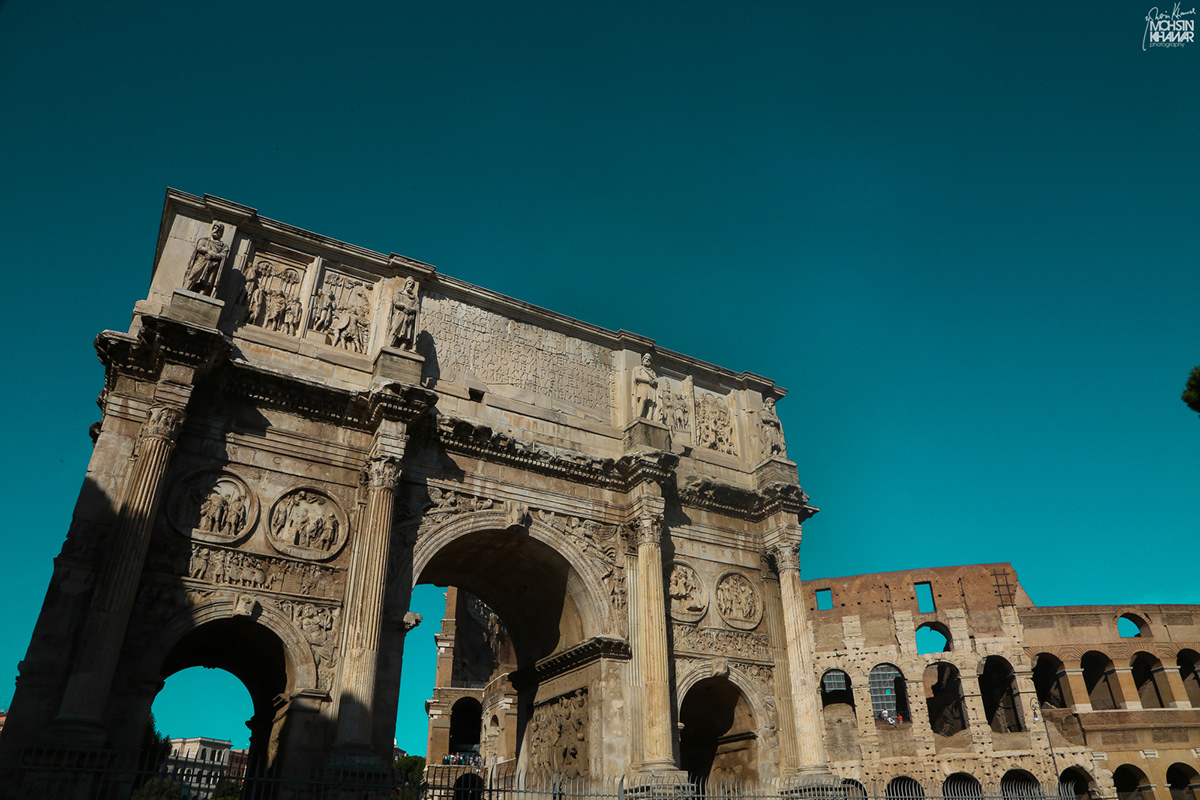Colosseum - Rome Italy
Experience the timeless allure of the Colosseum in Rome, Italy through my lens of architectural and travel photography. Delve into the heart of ancient history as i capture the grandeur and majesty of this iconic amphitheater, a symbol of Roman engineering prowess and cultural significance. From its weathered stone façade to its towering arches, each image invites you to wander through centuries of stories etched into its walls. Join me on a visual expedition where past meets present, and where every angle reveals a new perspective on one of the world's most cherished architectural treasures.












Architectural Marvel: Completed in AD 80, the Colosseum is an architectural marvel of ancient Rome. Its innovative design allowed for efficient crowd control and quick evacuation in case of emergencies, showcasing Roman engineering prowess.
Massive Size: The Colosseum is the largest amphitheater ever built. It could accommodate up to 50,000 spectators who gathered to watch gladiatorial contests, animal hunts, mock sea battles, and other public spectacles.
Construction Materials: The Colosseum was constructed using travertine limestone, tuff (a type of volcanic rock), and brick-faced concrete. Its ingenious design included a complex system of ramps, trapdoors, and lifts to facilitate the movement of people, animals, and scenery.
Symbol of Roman Power: As a symbol of Roman imperial power and grandeur, the Colosseum was used to entertain and appease the populace, diverting their attention from political unrest and economic hardship.
Historical Significance: Over the centuries, the Colosseum has witnessed countless events and undergone various transformations. It has served as a quarry for building materials, a fortress, a Christian shrine, and a symbol of martyrdom.
Influence on Modern Architecture: The Colosseum's elliptical shape and tiered seating arrangement have inspired numerous modern stadiums and arenas around the world, showcasing its enduring legacy in architectural design.
Restoration Efforts: Despite centuries of neglect and damage from earthquakes, fires, and stone-robbers, the Colosseum still stands as a testament to ancient Roman civilization. Extensive restoration efforts have been undertaken to preserve this iconic monument for future generations to enjoy.
UNESCO World Heritage Site: In 1980, the Colosseum was designated as a UNESCO World Heritage Site, recognizing its outstanding universal value and cultural significance to humanity.
Tourist Attraction: Today, the Colosseum is one of Rome's most popular tourist attractions, drawing millions of visitors each year who come to marvel at its grandeur and learn about its rich history.
Cultural Symbol: Beyond its historical and architectural significance, the Colosseum has become a powerful symbol of endurance, resilience, and the enduring legacy of ancient Rome.


